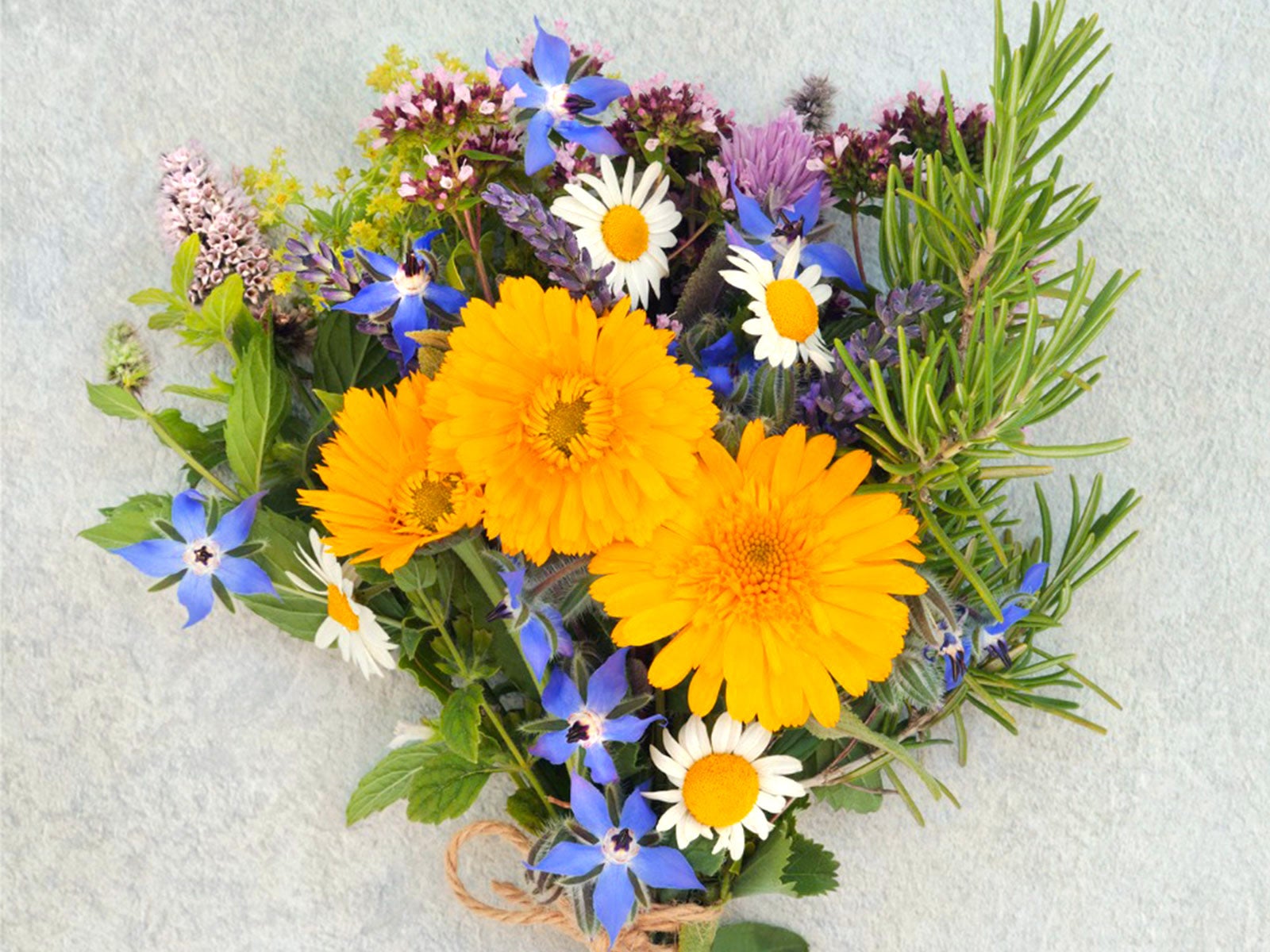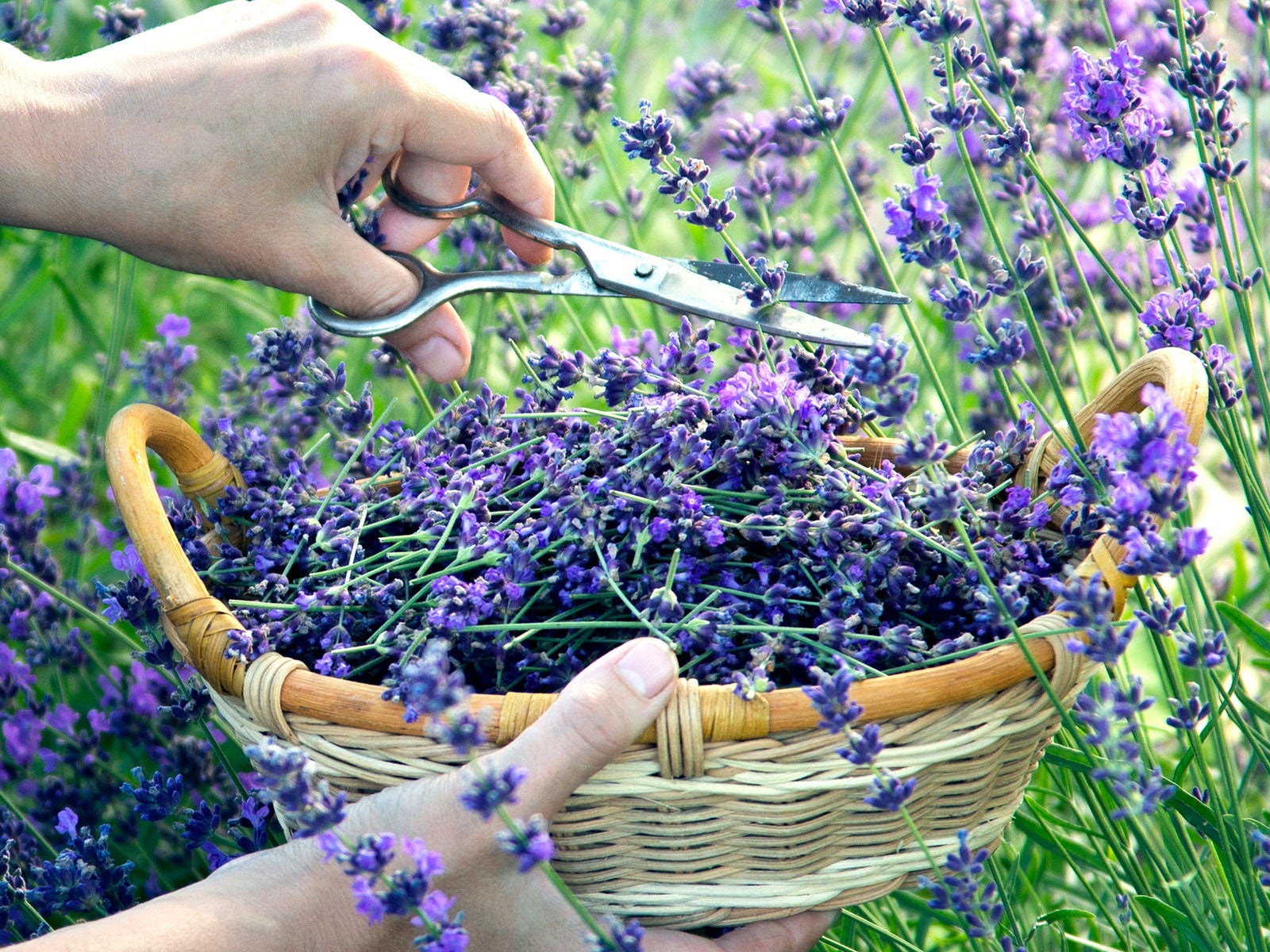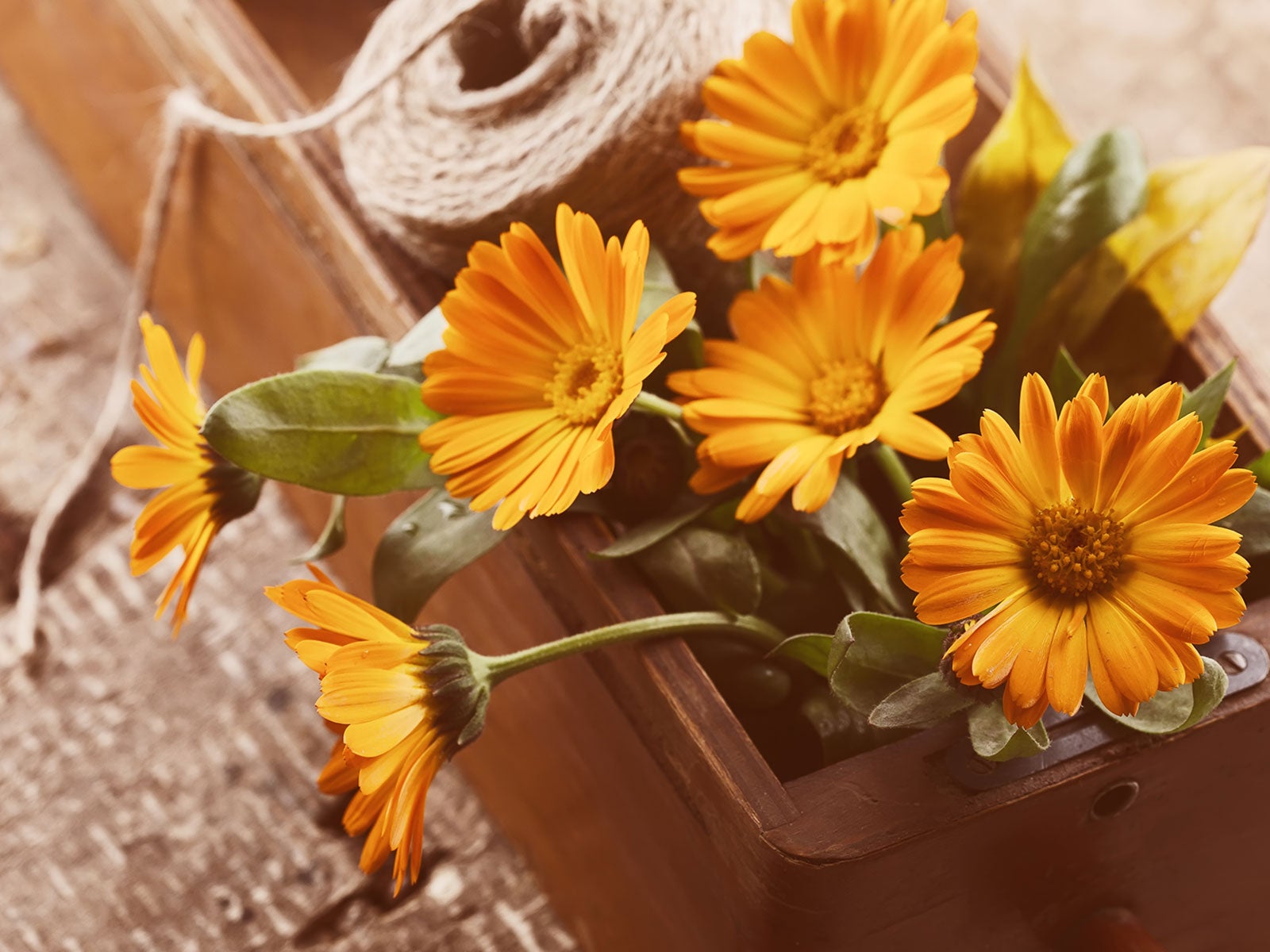The Powerful Secrets Of Posies – And How To Make A Medieval Nosegay


We are all switching on to the healing power of plants and flowers. Many of the plants we grow have the potential to act as sources of healing, as well as being profound mood-boosters. Some of the simplest floral arrangements of posies (or nosegays) have transformative powers. And while these small fragrant arrangements seem innocent enough, they have hidden depths which date back centuries.
It might surprise you to learn that the medieval nosegay has longstanding associations with combating widespread disease. As we deal with the reality of Covid-19, it's important to note that epidemics and pandemics are nothing new. How we combat these diseases has changed, thanks to modern medicine. Nowadays, we can vaccinate and don masks to prevent community spread. But during medieval times, people believed nosegay flowers would do the trick.
The History of the Medieval Nosegay
Although nosegay flowers gained popularity during the Victorian era, the history of the nosegay goes back much further. These posies date back in England to at least the 15th century. A medieval nosegay was commonly called a tussie-mussie or tusemose. It consisted of a knot of flowers (tuse) wrapped with damp moss (mose).
These small bouquets were worn or carried as a means for combating the putrid smells often associated with urban life. Medieval city streets were often filled with horse dung and garbage. Lack of sanitation also meant diseases like dysentery, typhoid and leprosy were more prevalent in cities than in rural areas.
However, medieval societies didn't connect the lack of sanitation with these higher disease rates. Instead, they believed it was the stench which caused illness. They thought inhaling the sweet aroma of a medieval nosegay would overpower the bad air and keep them healthy. This is how posies and the plague became linked – and simple posy plant garden flowers became synonymous with good health.
Posies and the Plague
Remember the childhood song 'Ring Around the Rosie'? This familiar rhyme is often associated with the bubonic plague (aka the 'black death'). The black death was one of the deadliest pandemics in human history. It struck in waves, was around for centuries and killed millions throughout Europe, Asia and Africa.
The causative agent of the bubonic plague was eventually identified as the bacteria Yersinia pestis. Although the plague spreads through flea bites, contact with infected tissue or by inhalation of respiratory droplets, Middle Age societies believed breathing the stench of city life would make them ill. Their solution was to inhale the sweet scent of a medieval nosegay.
Sign up for the Gardening Know How newsletter today and receive a free copy of our e-book "How to Grow Delicious Tomatoes".
So while we embrace the mood-boosting power of posies, they were once seen as actively preventing infection. Medieval doctors would also rely on nosegay flowers to ward off the smells believed to spread disease. When treating plague patients, they would wear long coats and leather gloves. The most notable part of their personal protection outfits were beak-like masks filled with aromatic flowers and herbs.
How to Make a Medieval Nosegay
Nowadays, we know nosegay flowers won't protect us from diseases like Covid-19. But they certainly make incredible mood-boosters. It's easy to make your own nosegays using plants that are great for mental health and well-being. Whether or not you find yourself in need of garden gifts for quarantine, making a tussie-mussie is still a fun gardening project – and they smell amazing, too.
As you follow these instructions for how to make a nosegay, you might spot similarities with modern-day bridal bouquets and boutonnieres. That's not a coincidence – wedding flowers and tussie-mussies became intertwined during the Victorian era. Here's how to make your own posies.
Make a Nosegay in Three Easy Steps

1. Pick an array of scented garden flowers and herbs with a contrasting or complementing color scheme. Examples include roses, lavender, carnations, yarrow, rosemary, lemon balm and mint.

2. Choose one to three large matching flowers to serve as the focal point of the arrangement. Surround these with smaller fragrant blooms. Then add a layer of herbs around the edge.

3. Use a rubber band, string or twine to hold the bouquet together. Trim the flower and herb stems a few inches below the rubber band and add a decorative ribbon. And there you have it – your own medieval nosegay!

Laura Miller has been gardening all her life. Holding a degree in Biology, Nutrition, and Agriculture, Laura's area of expertise is vegetables, herbs, and all things edible. She lives in Ohio.